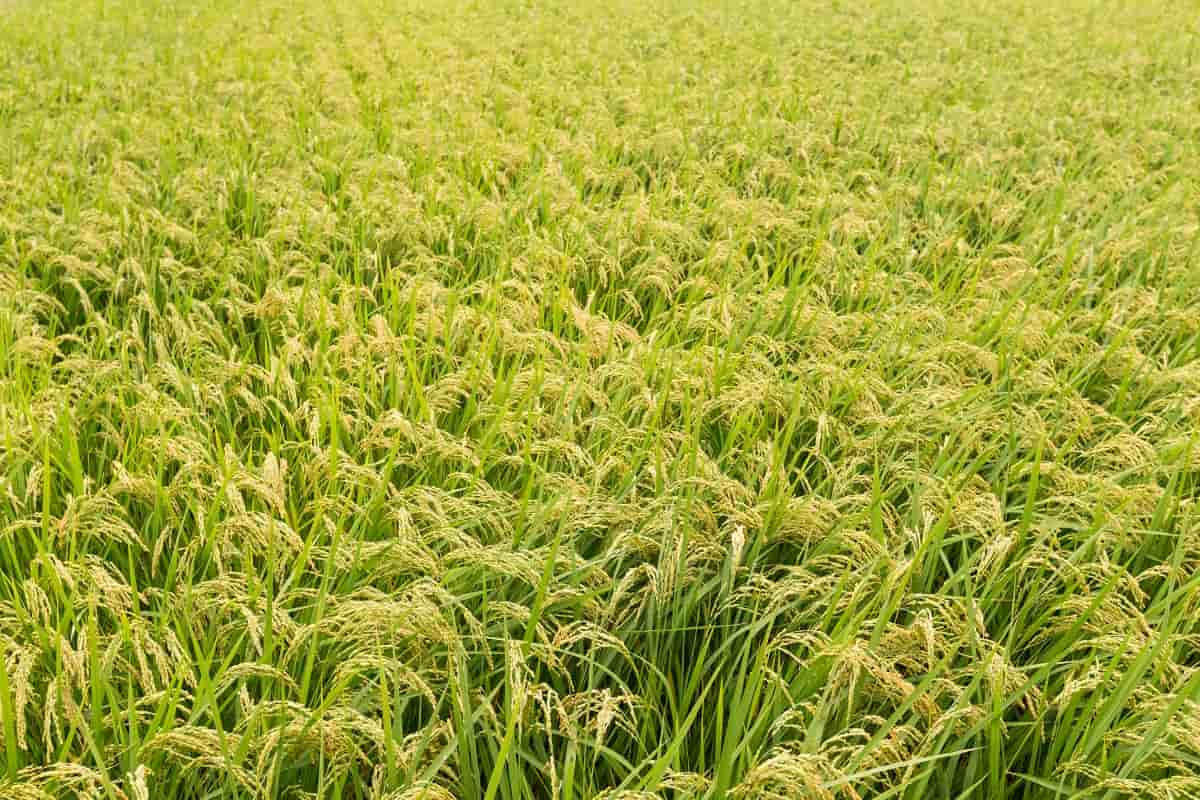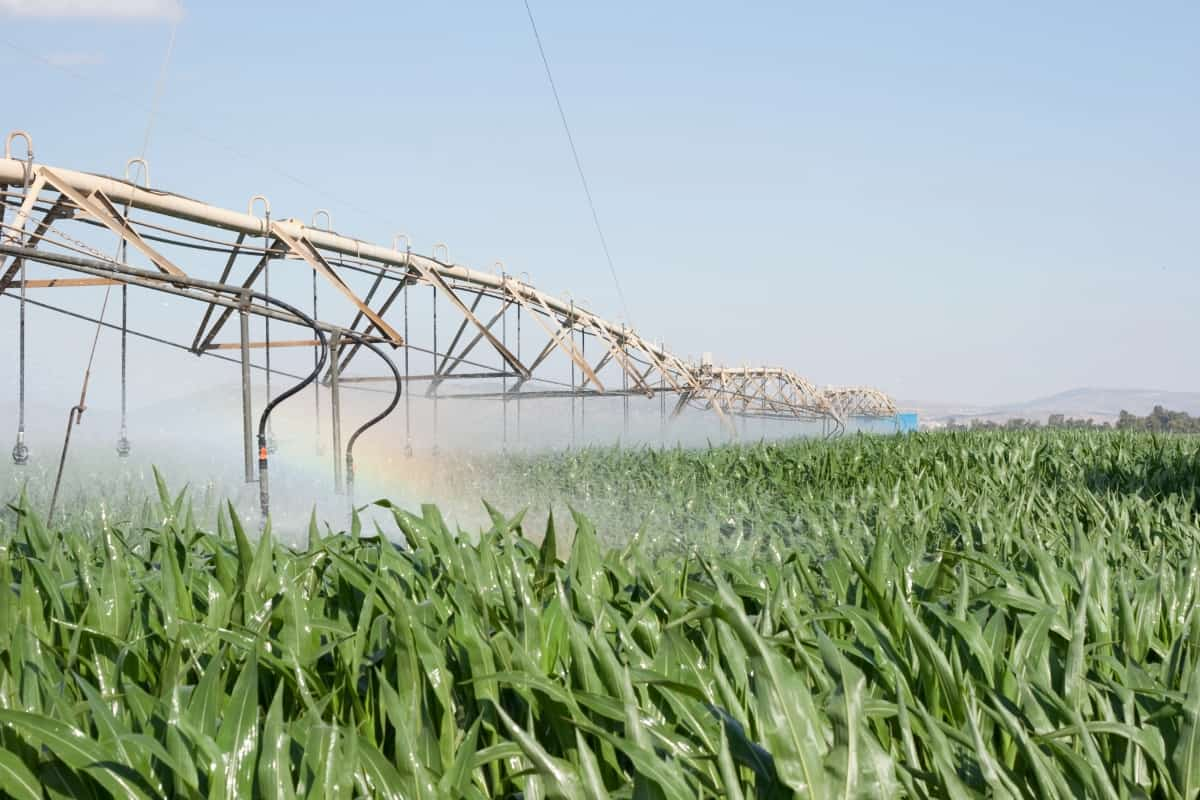Thailand is a country with a rich agricultural heritage, blessed with fertile soil and favorable climatic conditions for growing a diverse range of crops. Here we learn about how to create an organic farming business plan in Thailand, considering factors unique to the Thai market and its challenges.

Organic Farming Business Plan in Thailand
Market Research and Analysis
The first step in developing a successful organic farming business plan is to conduct thorough market research and analysis. This includes understanding the demand for organic products in Thailand, identifying the most profitable crops, and studying the competition in the organic farming industry. Notably, the demand for organic produce is not only limited to fruits and vegetables but extends to grains, legumes, nuts, and other food items.
In Thailand, the organic market has grown rapidly in recent years, driven by increasing health consciousness, environmental concerns, and government support. Popular organic products include rice, fruits, vegetables, and herbs, with high demand for local consumption and exports. Farmers need to identify niche markets and produce high-quality, certified organic products to stay competitive.
Land Selection and Preparation
The choice of land is crucial for the success of an organic farming business. Suitable land for organic farming should be fertile, well-drained, and free from chemical contamination. In Thailand, prime agricultural land can be found in regions such as the Central Plain, the North, and the Northeast.
When selecting land, consider factors such as proximity to markets, accessibility to water sources, and local climatic conditions. After acquiring the land, it must be prepared for organic farming. This includes clearing debris, eliminating weeds, and testing the soil to determine its fertility and nutrient deficiencies. Soil amendments may be necessary, such as adding organic matter, like compost or green manure, to improve soil structure and fertility.
Crop Selection and Rotation
Based on the market research and local climatic conditions, choose the most suitable crops for your organic farm. In Thailand, popular organic crops include rice, vegetables (e.g., chili, tomato, cabbage), fruits (e.g., banana, mango, papaya), and herbs (e.g., basil, lemongrass, and ginger).
It is essential to diversify your crops to reduce the risk of crop failure and pests and maintain soil fertility. Crop rotation is vital in organic farming, as it helps maintain soil fertility, reduce pests and diseases, and improve crop yields. Develop a crop rotation plan that takes into account the needs of different crops, their compatibility, and the requirements of the local market.
Organic Farming Techniques and Practices
- Soil management: Maintain soil fertility through the use of organic matter, compost, green manure, and cover crops. Avoid synthetic fertilizers and soil amendments.
- Pest management: Employ biological and cultural methods for pest control, such as introducing beneficial insects, using pest-resistant crop varieties, and practicing intercropping. Avoid synthetic pesticides and herbicides.
- Weed management: Use manual, mechanical, or biological methods for weed control, such as hand weeding, mulching, and mowing. Avoid synthetic herbicides.
- Water management: Conserve water through efficient irrigation systems like drip irrigation and proper scheduling, based on crop needs and weather conditions. Protect water sources from contamination.
In case you missed it: How to Create a Profitable Organic Farming Business Plan in Africa

Certification and Compliance
To market your products as organic, they must be certified by a recognized organization. The Organic Agriculture Certification Thailand (ACT) is the main organization responsible for certifying organic products in Thailand. The certification process involves inspecting and assessing your farm and farming practices to ensure compliance with organic standards.
Be prepared to maintain detailed records and demonstrate the full traceability of your products. In addition to organic certification, you must comply with local regulations and standards related to agriculture, food safety, and business operations. This may include obtaining necessary permits, paying taxes, and adhering to labor laws.
Marketing and Distribution
A well-thought-out marketing and distribution strategy is critical to the success of your organic farming business. Identify your target customers: local consumers, restaurants, supermarkets, or exporters. Develop a brand for your products that communicates their organic and sustainable qualities. One effective marketing strategy is to connect directly with consumers through farmers’ markets, community-supported agriculture (CSA) programs, and online platforms.
This not only allows you to sell your products at a higher price but also helps to build a loyal customer base. For distribution, consider partnering with local distributors or cooperative societies to reach a broader market. Exporting your products can also be profitable, given the high demand for organic products in countries like Japan, Europe, and the United States. Be aware of the export regulations and certification requirements of the target countries.
Risk Management
Agriculture, including organic farming, is subject to various risks, including weather-related events, pests and diseases, market price fluctuations, and regulatory changes. Prepare for and deal with possible threats by implementing a risk management strategy. Organic farmers use diversification as a risk control tool. By growing a variety of crops, you can reduce the impact of a failure of any single crop. Investing in weather insurance can also protect against losses caused by severe weather events.
Financial Planning
A comprehensive financial plan is essential for the sustainability of your organic farming business. This should include detailed estimates of your startup costs, operating expenses, projected income, and return on investment. Startup costs typically involve land acquisition, infrastructure development (e.g., irrigation systems, greenhouses), equipment purchase, and certification fees. Operating expenses include labor costs, input costs (e.g., seeds, compost), and marketing costs.
Income sources for an organic farm typically include the sale of crops, value-added products (e.g., dried fruits, preserves), and agrotourism activities. It’s important to price your products appropriately, considering the costs of production, the market price of similar products, and your target profit margin.
In case you missed it: From Seed to Sale: The Comprehensive Guide to Creating an Organic Farming Business Plan in Denmark

Conclusion
Starting an organic farming business in Thailand can be a profitable and rewarding endeavor, given the country’s fertile land, favorable climate, and growing demand for organic products. However, it requires careful planning, commitment, and adherence to organic principles. You can establish a successful organic farming business in Thailand by conducting thorough market research, choosing the right crops, adopting sustainable farming practices, obtaining organic certification, marketing effectively, and managing your finances wisely.
- Feed Your Flock for Less: Top 10 Tips to Save on Chicken Feed
- Ultimate Guide to Ossabaw Island Hog: Breeding, Raising, Diet, and Care
- Hatching Answers: The Top 10 Reasons Your Chickens Aren’t Laying Eggs
- Eggs and Economics: Breaking Down the Cost of Raising Backyard Chickens
- Defend Your Greens: Proven Methods to Keep Iguanas Out of Your Garden
- Ultimate Guide to Cinnamon Queen Chicken: A Comprehensive Guide for Beginners
- Ultimate Guide to California Tan Chicken: Breeding, Raising, Diet, Egg-Production and Care
- Ultimate Guide to Marsh Daisy Chicken: Breeding, Raising, Diet, and Care
- 10 Types of Chicken Farming Businesses You Can Start for Profits